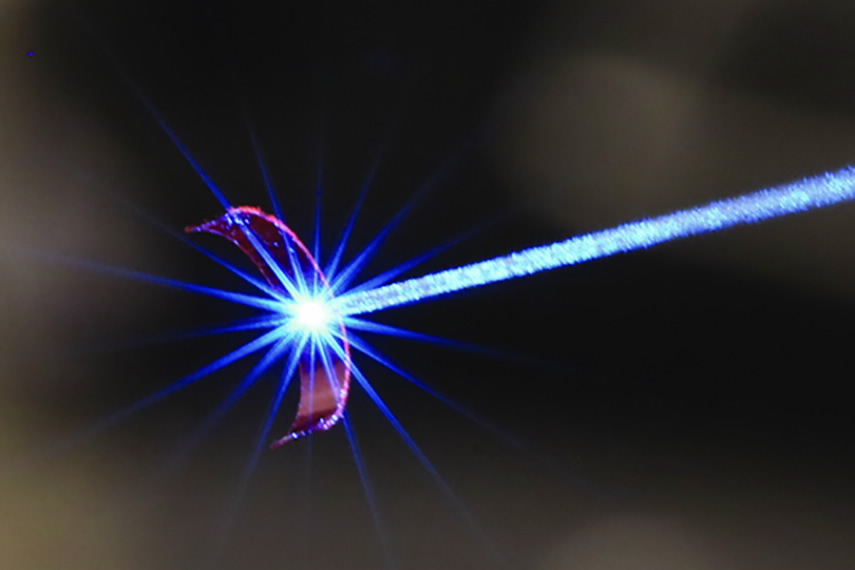In a world where technology and biology increasingly intersect, the introduction of bio-inspired robotics is revolutionizing the way we think about automation and interaction. A recent innovation from researchers at Tampere University of Technology has taken this concept a step further with an ultra-twee soft robotic gripper modeled after the Venus flytrap. This fascinating device explores the delicate balance of size and functionality, addressing one of the primary limitations faced by tiny robots today.
The Challenge of Miniature Machines
When it comes to miniaturization, creating robots that can not only navigate but also manipulate their environments poses significant engineering challenges. Traditional motors and cameras are bulky components that don’t scale down easily, limiting the tasks small robots can perform. Enter the Venus flytrap-inspired gripper—an ingenious solution that embodies the elegance of nature while enhancing robotic capacity.
How Does it Work?
This innovative gripper utilizes a light-sensitive liquid crystal elastomer, allowing it to respond to nearby objects with remarkable precision and efficiency. Let’s break down how this botanical mimicry translates into robotic functionality:
- Design Inspiration: Much like the Venus flytrap, which uses tiny hairs to sense prey, this gripper relies on light to trigger its movement.
- Mechanism: A strand of optical fiber runs through the center of the device, illuminated by blue light. When an object approaches, the light reflects back, causing the elastomer strip to flex and grasp the item.
- Ideal Applications: This technology is particularly suited for delicate tasks, such as handling crystals in scientific experiments or tiny cell cultures in medical research.
Future Directions and Enhancements
The research team, led by Arri Priimägi, is already contemplating further advancements. One of their ambitions is to enable the gripper to recognize colors, which would expand its capabilities significantly. Imagine a tiny robot able to differentiate between various materials or objects—a remarkable leap towards sophisticated automation.
The implications of such technology extend beyond merely making robots more adept at grasping. It represents a paradigm shift in how we might design robots to interact with their world in a more nuanced and intelligent fashion.
Potential Impact on Robotics and Automation
This bio-inspired soft gripper holds the potential to transform a range of industries. From healthcare where precision handling of cells is crucial to research environments requiring careful manipulation of delicate materials, the versatility of this technology could pave the way for novel applications in numerous fields.
Conclusion
The development of the Venus flytrap gripper demonstrates the exciting possibilities that arise from reimagining robotics through the lens of nature. As research progresses, it is evident that the fusion of biological principles with engineering could lead to groundbreaking advancements in automation and miniaturization. At fxis.ai, we believe that such advancements are crucial for the future of AI, as they enable more comprehensive and effective solutions. Our team is continually exploring new methodologies to push the envelope in artificial intelligence, ensuring that our clients benefit from the latest technological innovations.
For more insights, updates, or to collaborate on AI development projects, stay connected with fxis.ai.

